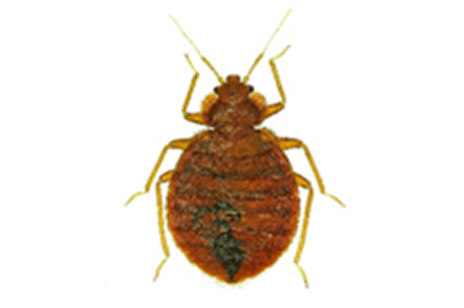

If you live in an apartment or a house, Flick Services will cater your pest control service to what best suits your needs.
Eliminate your pests once and for all!
Ants are a common nuisance around the home, businesses, restaurants or any food handling establishments. Most people identify ants by their colouring, often red or black, but there are actually almost 1,000 species of ants in the world alone!

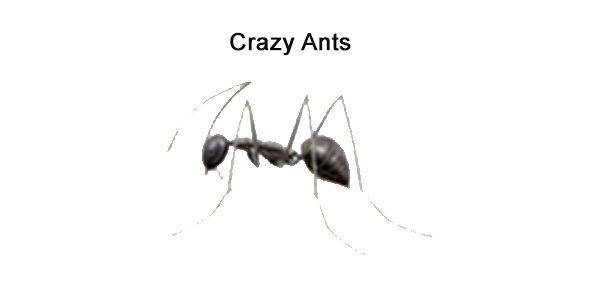
There are many types of crazy ants, including Caribbean Crazy Ants and Crazy Rasberry Ants. All share the following features

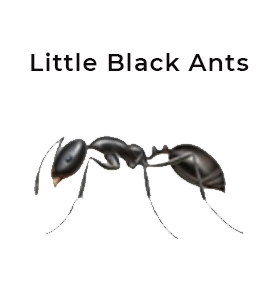
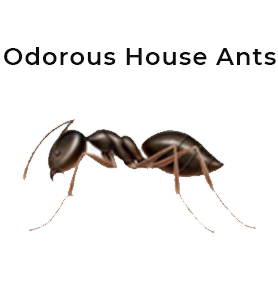
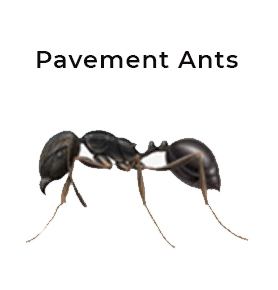
There are five common major pest species of roaches and they all differ in characteristics.
These species are a nuisance because they infest homes, businesses and other structures and they are able to spread disease and cause other health issues. Regardless of the species, it is important to be sure you are dealing with roaches and not a beetle infestation as the treatments are very different for these two pests.
Roaches grow in size after they hatch from an oothicae otherwise known as an egg case. Depending on the species, immature roaches can vary from 2mm-5mm. Adult roaches can vary in size from about .25 inch to 2 inches.


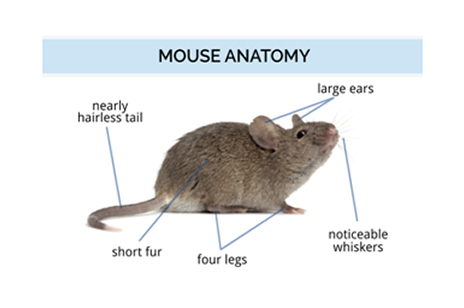

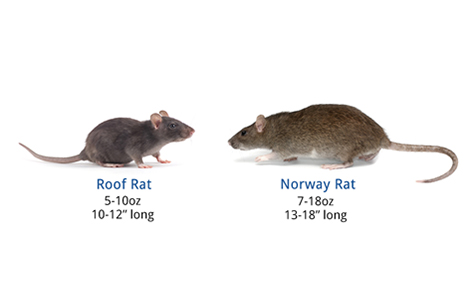

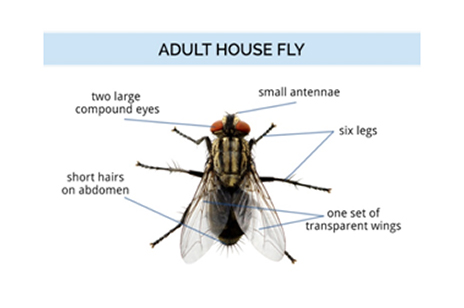
Adult House flies:
Immature House flies/maggots:
Adult House flies range in colour from light grey to greyish black and some houseflies have dark stripes in their backs. Immature houseflies or maggots are pale yellow to light cream in colour.

